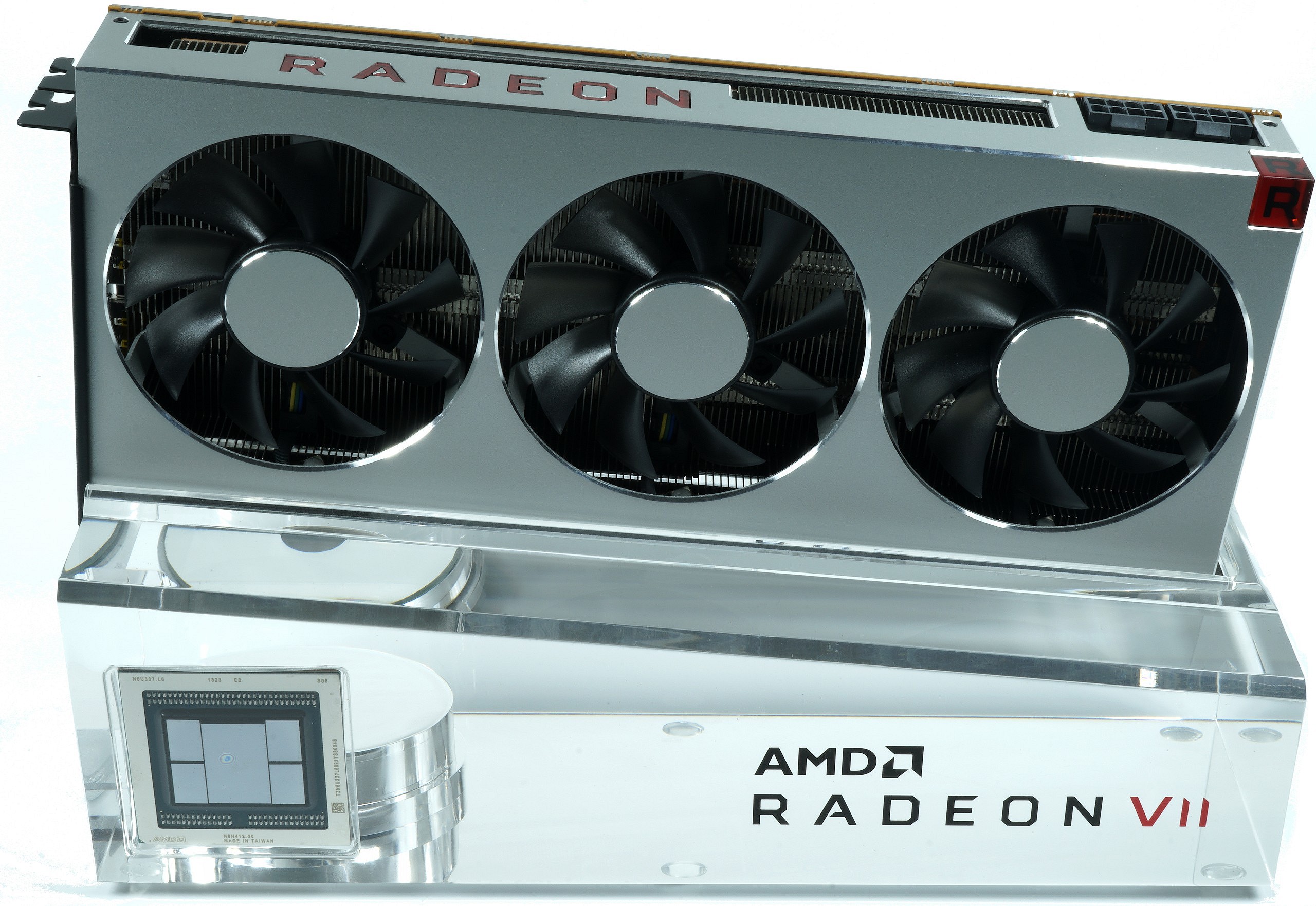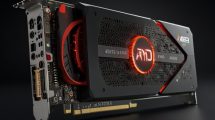Summary
Even if the differences in the FPS are often not too great at first glance, the devil is, as almost always, rather in the detail. With a neatly overclocked Radeon VII and a cooler mod, you gain significantly more than you might think. Depending on the game and resolution, it's 8 to 11 percent, after all. Usually the values for the 99th percentile also increase and the variances decrease, even if there are a few exceptions, which do not necessarily have to be due to the graphics card
In the case of sub-voltages, an often more stable and (slightly) higher clock provides advantages over the card in the factory state. These are not galaxies, but they are quite a noticeable difference. Not only at the socket, but also when looking at it. Anything that makes the picture "smoother" and doesn't cost anything (but even saves) is of course highly welcome.
Anyone who asks themselves whether AMD is now too stupid to better adjust this even from the factory must answer with a clear no. As long as Power Tune is not able to reliably detect the chip quality, the end user has to find out for himself. Because One thing struck me: the GPU lottery is really exciting again. What works for one does not necessarily apply to everyone else. And so one must be wareiserous from flat statements like this.
Sure, at least a 1-click tool in the Wattman would be a first solution, because Nvidia hasn't solved it much more elegantly. If you don't want to mention the boost, which works completely differently and is hardly comparable. This is where AMD should start, because Nvidia's approach is much more elegant and smarter. But this has nothing to do with stupidity, but with the necessary insight into one's own possibilities and resources.
Conclusion
One has to try the detailed evaluation in order to somehow press visually visible jerks and inconsistencies in chart form. With simple FPS bars and curves, as well as the more euphemistic percentile result (because smoothed values) you are hardly able to reproduce the real immersion. Of course, this also helps to evaluate conflicting data, because low rendering times are not everything. Woe betide if the Hoppelhasen are released, because the slight jerking can still be noticed very clearly even above the 50 FPS mark.
The sub-voltage or Overclocking the Radeon VII is definitely worth it and is not just a case for supposed exotic lovers or nerdious professionals. You get (almost) always a decent benefit, which should be reason enough to try it yourself. You can still give up later, even if I don't know anyone who would have failed. In this sense: full game instinct ahead! 🙂
Sapphire Radeon VII, 16GB HBM2, HDMI, 3x DP, full retail (21291-01-40G)
- 1 - Einführung und Testsystem
- 2 - Wolfenstein II - UHD
- 3 - AC: Odyssee - UHD
- 4 - Prey - QHD
- 5 - Prey - UHD
- 6 - Resident Evil 2 - QHD
- 7 - Resident Evil 2 - UHD
- 8 - Sniper Elite 4 - QHD
- 9 - Sniper Elite 4 - UHD
- 10 - SW Battlefront - QHD
- 11 - SW Battlefront - UHD
- 12 - Sudden Strike 4 - QHD
- 13 - Zusammenfassung und Fazit
































Kommentieren